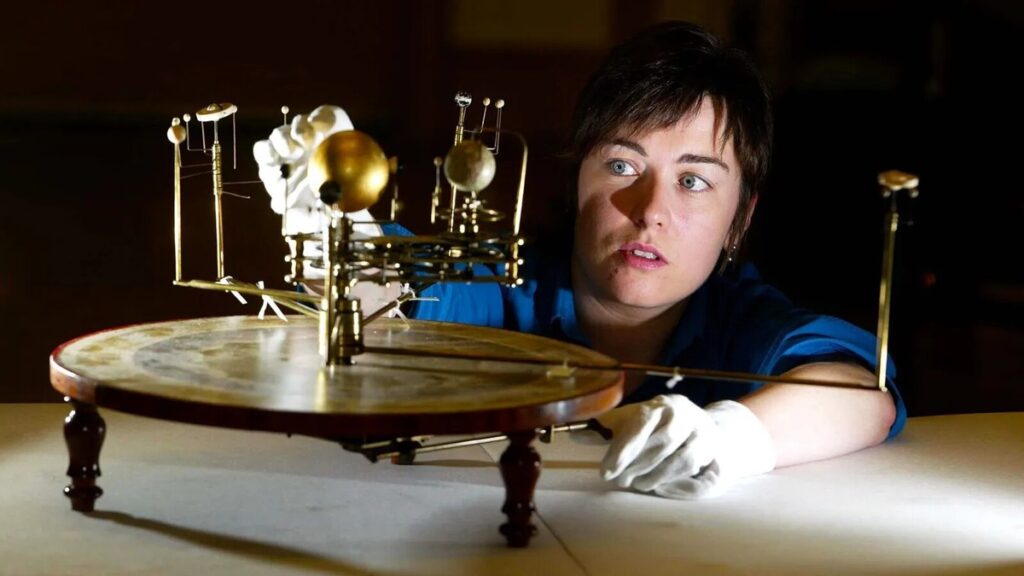Leap Years Explained: Origins, Math, And Folklore Behind The Extra Day In February
TO LEAP OR NOT TO LEAP?
This is how the Gregorian calendar calculates leap years:
If the year is divisible by four, it’s a leap year.
But if the year can be divided by 100 as well as four, it’s not a leap year.
However, if the year is divisible by 400, it is a leap year.
This system keeps the calendar aligned with the solar year to within a few decimal places of accuracy.
This year, one of my friends will turn eleven. He’s not a super genius or anything, but he’s got a cool thing about his birthday: it’s on February 29th, which only comes around every four years. Because 2024 is a leap year, he gets to celebrate his birthday on the actual day instead of just picking another day nearby. It’s kind of annoying for him sometimes because people joke about his age (imagine being 100 but only having celebrated 25 birthdays!), but for the rest of us, leap years are pretty neat and almost like magic.
Over the years, this extraordinary day has given rise to a variety of strange and fun traditions. These include the antiquated notion that February 29th is the only day on which women can ask men to marry them and the Leap Year Festival in Anthony, New Mexico, where people who were born on this unique day get together to celebrate their uncommon birthdays.
Leap days are usually added to our calendars every four years. Though there are many exceptions,. For example, we remove one leap year at the beginning of every century. We do not add a leap day for years ending in 00, even if the year is divisible by four. Here’s another twist: we add an extra leap day back in if the year is divisible by 400. At the start of the new millennium, 2000 had a February 29th since it met the divisible-by-400 requirement in addition to being divisible by 100.
It’s been a maze of complexity thus far. However, why do we even consider leap years? And why do their regulations wander through such twists and turns? The answer, as you might expect, has to do with synchronization.
For our planet, there are just two essentially determined time units. The day is one: the amount of time it takes for the Earth to complete one revolution on its axis, during which it alternates between daylight and darkness. The other is a year, which is how long it takes for Earth to go around the sun in one orbit.
WHAT ARE THE CHANGES OF BIRTH ON A DAY OF LEAP?
Assuming leap years followed a strict four-year pattern (as they have for the last 120 years, counting all live births), the odds of being born on a leap day would be one in 1,461. As a result, there are currently between 5 and 5.5 million leaplings in the globe
Interestingly, 1,440 is the same number that appears for the extra minutes in a leap year. That is about one more minute per day over the four years (this adjustment adds almost one more minute per day throughout the year to account for the solar year’s approximately 349-minute excess over 365 days).
Unfortunately, it takes Earth 365.24219, or roughly 365 and a quarter days, to complete one circle around the sun and return to its starting point. Therefore, a true solar year is not exactly 365 days long. There is a great deal of inconvenience with this. Consider observing New Year’s at midnight one year, then at six in the next, then at noon the year after that—a slow deviance from the norm.
Julius Caesar foresaw this problem back in 46 BCE, and he and his advisors came up with a clever way to improve the way his Julian calendar worked: he would add the total number of quarter days every four years to create a whole extra day. (Learn how the leap year originated during Caesar’s rule and was improved upon by Pope Gregory in the sixteenth century.)
However, adding a day every four years makes an average year 365.25 days long, which is a little too long.
One leap day in years divisible by 100 has to be removed in order to improve the estimate with the adoption of the Gregorian calendar. As a result, over the course of a century, we add 24 extra days instead of 25, putting the average duration of a year at 365.24 days—a little too short.
Dissatisfied with this enhanced approximation, an additional leap day was determined to be added every 400 years. This means adding 97 more days over a 400-year period, or an average year of 365.2425 days, which is accurate enough to avoid making any more modifications.

WHAT ARE THE ODDS OF BEING BORN ON A LEAP DAY?
If leap years came around every four years exactly (which they have done for the last 120 years, covering the birthdays of everyone who is alive today), then the probability of being born on a leap day would be one in 1,461. This means there are probably around 5-5.5 million leaplings in the world right now.
By coincidence, you get a similar number—1,440—of extra minutes in a leap year, so that’s roughly one extra minute per day of the four-year cycle (this is because the solar year is roughly 349 minutes longer than 365 days, so almost an extra minute per day for each day of the year).
QUICK OR SLOW TO LEAP?
The Gregorian calendar uses the following standards to identify leap years:
A year is considered a leap year if it can be divided by four. Nevertheless, a year loses its leap year designation if it is divisible by both 100 and 4. However, a year regains leap year status if it is divisible by 400. With this technique, calendar alignment with the solar year is guaranteed to be within a few decimal places.
It took several failed starts and iterations to reach our current calendar accuracy. In years divisible by 3200, leap days would need to be removed in order to achieve a higher degree of accuracy. With an even higher level of accuracy, this modification would result in an extra 775 days over a 3200-year period, making an average year length of 365.2421875 days.
Changing the definition of the year to precisely 365 days sounds like a sensible fix at first. The axial tilt of the Earth, however, poses a challenge.
According to the “Big Whack” scenario, the Earth’s axis was tilted, and the Moon was created around 4.5 billion years ago as a result of a catastrophic collision between proto-Earth and another planetoid about the size of Mars. The seasonal fluctuations common at higher latitudes are caused by this tilt, which is thought to have varied over time. Specifically, summer occurs when your region faces the sun, and winter occurs when it turns away, with spring and fall in between.
If leap days weren’t taken into account, our calendars would progressively go out of date with the seasons. The calendar would be off by about twenty-five days in a century. It would be impossible for people in the northern hemisphere to celebrate Valentine’s Day in the fall and Christmas in midsummer after about 750 years. In fact, this disparity between the solar and municipal calendars led Caesar to institute the leap day at first, as well as a 445-day year in 46 BCE, in order to make up for the months-long delay that had accumulated.
